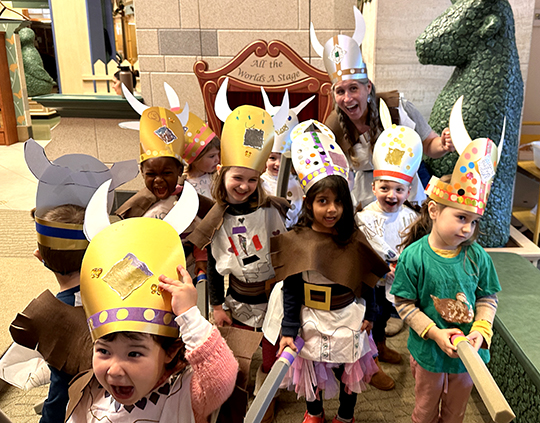
It’s time to get loud, proud, raucous, and rowdy…the barbarians have arrived at story time!
We read Great, Now We’ve Got Barbarians! Written by Jason Carter Eaton, and illustrated by Mark Fearing (Candlewick Press, 2016). When a young man refuses to follow his mom’s orders to clean his room, he doesn’t just get pests…he gets barbarians! Soon they’re chomping cheese curls, infesting the garage, stealing pillows to make forts, and having crumb wars. Exasperated and desperate, the boy finally cleans his room. Thankfully, the barbarians skulk away. Things are peaceful again…until the boy lets the bathtub overflow one night and…oh no! PIRATES!
This story time project is a fantastic example of how we upcycle materials and reuse items from other programs. With the exception of the helmet, this entire project was sourced from previously used materials! Let’s take a look…
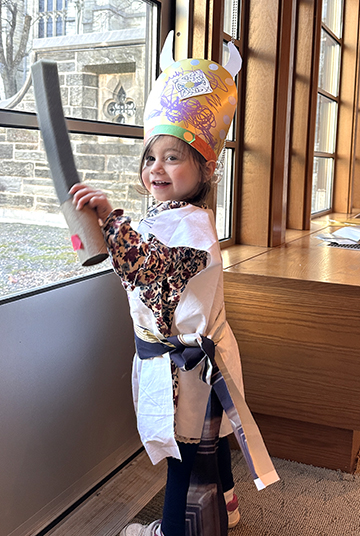
The barbarian costume basically consist of a helmet, tunic, belt, and sword. The helmet instructions can be found in this post. The tunics were cut from the white fabric photo backdrop we used at our thrift store costumes challenge. You can see it here, right behind Veruca Salt…
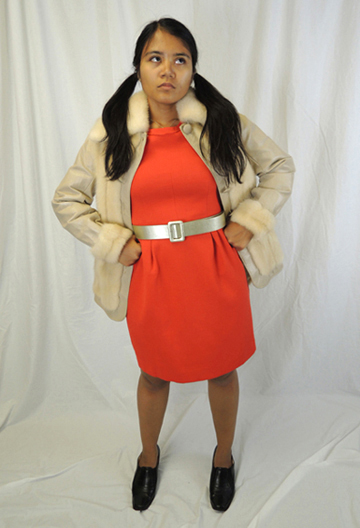
The brown and gold belts for the barbarian costumes were cut from yet another photo backdrop, this time from our Great Catsby event!
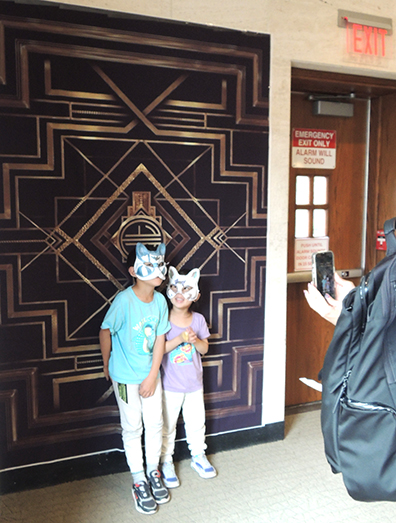
The tunics were topped of with “fur” (i.e. brown felt that found its way to our library from a campus theater production). We used some metallic markers, metallic dot stickers, plastic jewels, and masking tape to fancy everything up. As you can see, we had some seriously awesome barbarian duds!
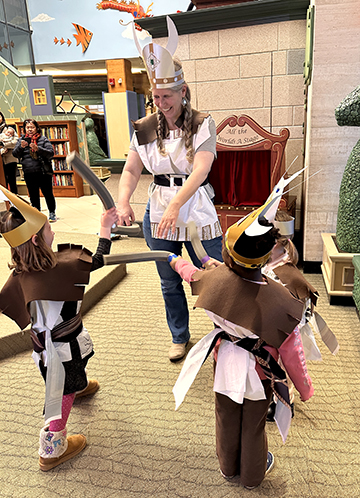
But the runaway favorite of the entire ensemble were the swords. The foam shafts are retired archival foam spine support strips from the Special Collections reading room. We pushed the foam into toilet paper tube hilts and decorated them lavishly.
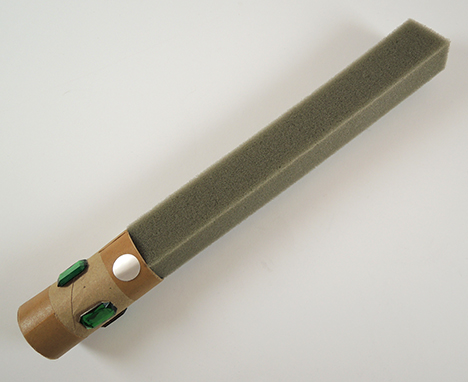
Then we screamed and had sword fights for over 20 minutes. It was right before the holidays, so it was an absolutely perfect high energy, low mess story time!

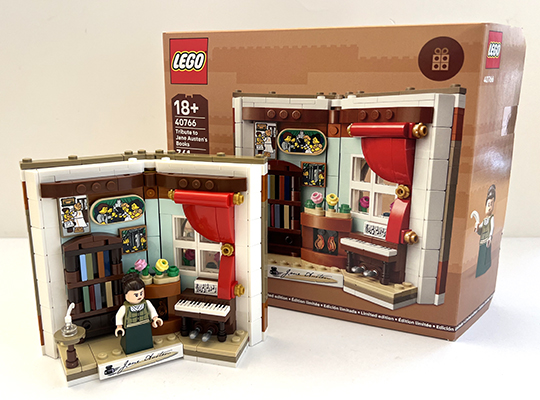 Happy birthday Jane Austen! We’re celebrating this literary titan with a brick-tastic review of LEGO’s “Tribute to Jane Austen’s Books” set, constructed and reviewed by our legendary intern,
Happy birthday Jane Austen! We’re celebrating this literary titan with a brick-tastic review of LEGO’s “Tribute to Jane Austen’s Books” set, constructed and reviewed by our legendary intern, 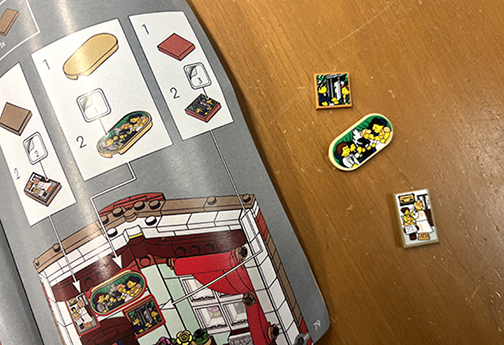
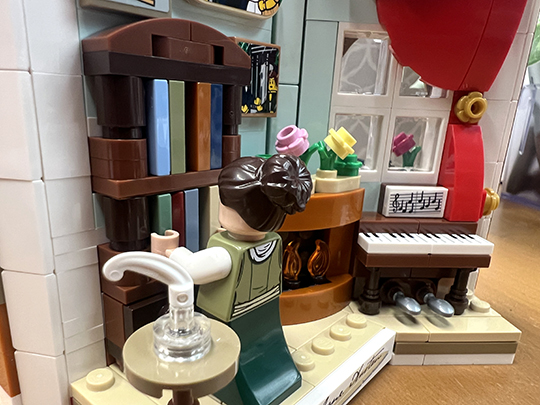 Another quick readjustment, and she’s contemplating some time looking out the window or playing the piano. The possibilities are endless! Turn the set around, and now Jane is cozied up inside an open book. Back inside on a cold day, Jane could be warming her hands in front of the fire instead. As a side note, the fireplace does wobble a little.
Another quick readjustment, and she’s contemplating some time looking out the window or playing the piano. The possibilities are endless! Turn the set around, and now Jane is cozied up inside an open book. Back inside on a cold day, Jane could be warming her hands in front of the fire instead. As a side note, the fireplace does wobble a little.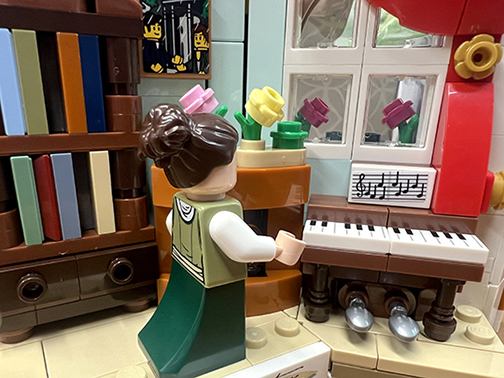 This is a set that I’m sure Lizzie Bennett herself would be proud of. For the burgeoning Jane Austen fan in your life, whether they are fifteen (and being kept away from Bath) or twenty-seven (and feeling like a parental burden), this set will be sure to please.
This is a set that I’m sure Lizzie Bennett herself would be proud of. For the burgeoning Jane Austen fan in your life, whether they are fifteen (and being kept away from Bath) or twenty-seven (and feeling like a parental burden), this set will be sure to please.











